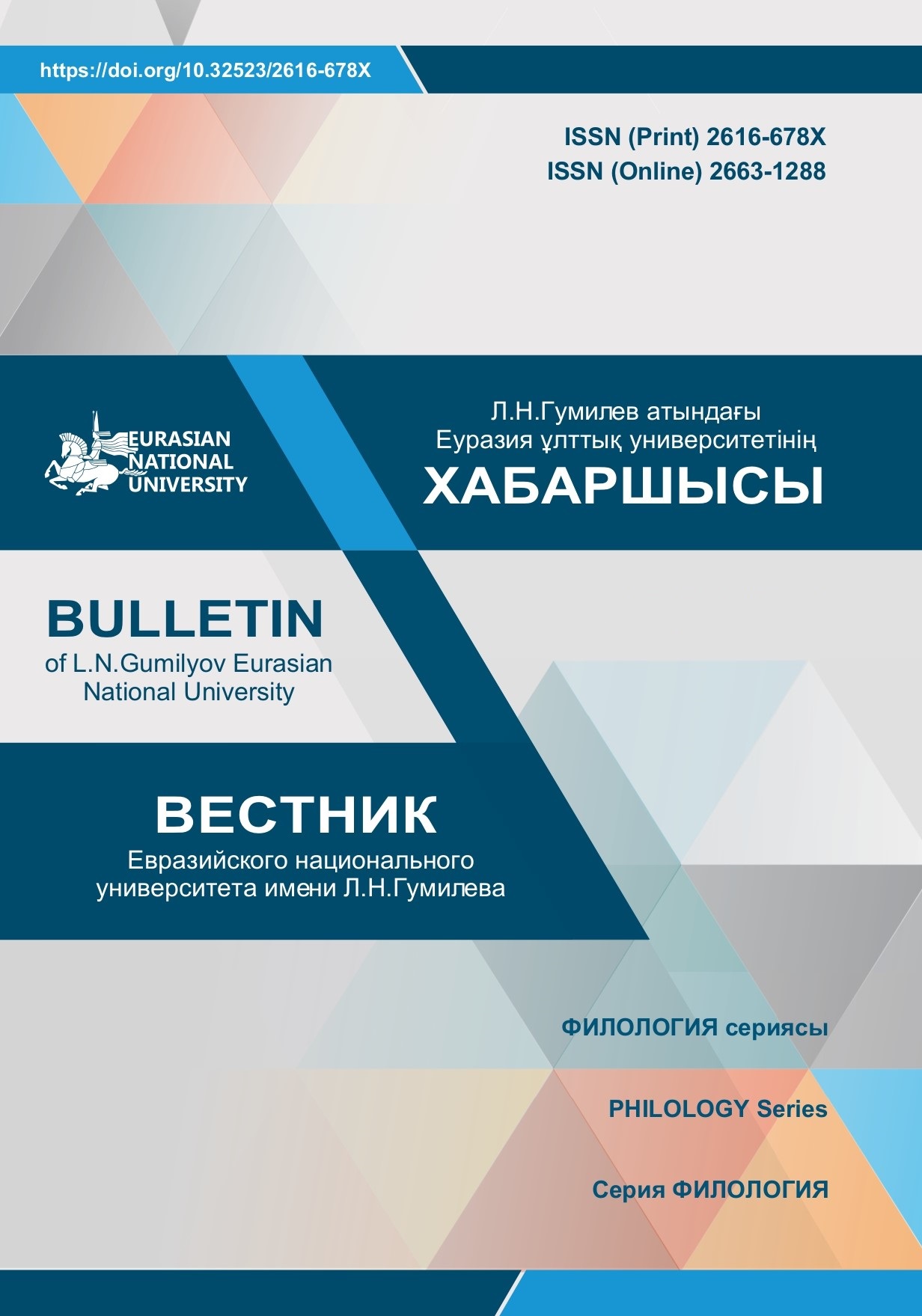Language, holiday yhyakh and haplotype as indicators of Yakut identity in the dynamics of the cultural landscape of Yakutia: XIV - XXI centuries
Views: 173 / PDF downloads: 182
DOI:
https://doi.org/10.32523/2616-678X-2022-141-4-79-91Keywords:
the Yakuts, cultural landscape, identity, language, beliefs, holiday, yhyakh, haplotypeAbstract
Against the background of the processes of the scientific and technological revolution and
globalization, much attention is paid to the risks and phobias of the rapidly changing modern world and the
place of man, the indigenous society in it. These phenomena are found in the Russian Federation, as well as in
its constituent entities, including the Republic of Sakha (Yakutia). Various obvious material changes are taking
place in Yakutia that require close attention. Goals and objectives of the study. The main question of our article
is the problem: if there is a change in the cultural landscape of the Yakuts, does this lead to a change in their
identity? Materials and methods. The discussion used the data of an interdisciplinary approach: anthropology,
linguistics, genetics. Methods used: comparative linguistics, population-statistical genetics, participant
observation, in-depth interviews and interactive dialogue of anthropology. Results. The Yakuts migrated from
south to north, there was a radical change in the cultural landscape from the south to the north. A significant
change in the cultural landscape in Yakutia has been taking place since the 1950s, which leads to a change in
identity among a separate, rather modest part of the Yakuts, manifested primarily in the language, that is, in
the change of the native Yakut language to Russian. At the same time, since 1991, the traditional Sakha culture
has been revitalized. There is no change in the genetic content of the Yakuts in the form of a set of haplotypes.
The discovery of the only predominant haplotype (as a constructive element of identity) N1c1 in 94% of the
Yakuts indicates the extreme genetic stability of the Sakha, despite long-term contacts with the Russian people,
starting from the 17th century. Conclusions. The authors come to the conclusion that, along with a significant
transformation of the cultural landscape from the XIVth to the XXIst centuries there is a change in identity
among a small part of the Yakuts. At the same time, the development of the Yakut identity is revealed in culture
in the form of revitalization of traditional holidays, rituals, beliefs, folklore, etc., as well as in the appearance
of a Yakut cinema. The most conservative element of the Yakut identity is the genetic content in the form of a
uniform haplotype, rather than a set of different haplotypes, which indicates the absence of changes in this area.







